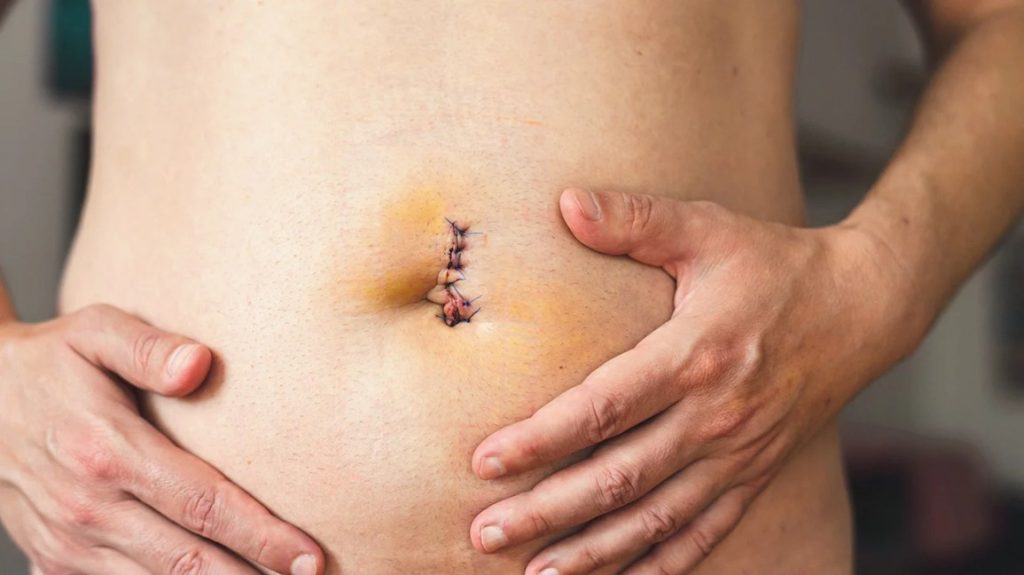
Stitches, also known as sutures, are medical devices used to close wounds or surgical incisions by sewing together the edges of the skin or other tissues. They are essential in various medical procedures to promote wound healing, reduce the risk of infection, and restore tissue integrity.
Stitches, or sutures, are sterile threads or filaments made from materials such as silk, nylon, or absorbable materials like polyglycolic acid (PGA) and polylactic acid (PLA). They are used by healthcare providers to close wounds or surgical incisions by stitching together the edges of tissues, facilitating healing and preventing complications.
During the stitching procedure:
© 2021-2025 Wyandotte Urgent Care Clinic. All Rights Reserved. Made With Love by Ignite Marketing Agency.